As the world shifts away from disposable technology and towards sustainable, eco-friendly options, refurbished cell phones and laptops are increasingly becoming the go-to solution for consumers and businesses alike. Similarly, trading in used laptops and cell phones is becoming an ever more popular way for people to upgrade their devices with minimal expense and effort. Here, we’ll look at why someone might want to trade in their device and how to do it, as well as the potential benefits to the environment and making tech accessible to people who can’t afford new devices.
Environmental Impact
As technology continues to evolve at an exponential pace, the disposal of electronic devices has become a major environmental concern. Electronic waste, also known as e-waste, is one of the fastest-growing waste streams in the world. In fact, according to the United Nations, an estimated 50 million tons of e-waste are generated globally every year. E-waste contains a variety of toxic chemicals which can seep into the soil and groundwater, causing damage to the environment and endangering the health of wildlife and humans. By refurbishing and reusing electronics, you can keep these products out of landfills and reduce the amount of toxic materials that are released into the environment.
We need to change the mindset that ‘new is better’. The process of refurbishing results in restoring used electronics to ‘like-new’ condition, and it can be an incredibly effective way to reduce electronic waste and extend the lifecycle of technology products. By repairing and restoring existing electronics, rather than purchasing new ones, you not only keep these products out of landfills and reduce the need for manufacturing new products, but you also conserve energy and resources.
The refurbishment of electronics can have a dramatic impact on reducing global carbon emissions. For example, the production of a laptop or cell phone requires the extraction of raw materials, such as metals and plastics, from the earth. The energy it takes to manufacture these products is considerable, and the emissions produced in the process contribute to global warming. By refurbishing existing products, we can reduce the demand for new technology and prevent the production of more emissions.
Financial Implications
From a financial standpoint, refurbished electronics can also be an incredibly cost-effective alternative to buying new. Refurbished products are often significantly cheaper than new ones, and they can still be of high quality. This can be particularly beneficial for those who are on a tight budget, or for SMMEs who are looking to save money on their IT purchases.
Refurbished electronics can also be a great option for those who are looking to extend the lifespan of their technology. By refurbishing existing products, you can keep them in working condition for longer, reducing the need for frequent replacements. This can save you money in the long run, and it can also help to reduce the environmental impact of producing new technology.
Overall, by reusing existing products, we can reduce the demand for new electronics and keep them out of landfills, while also conserving energy, reducing carbon emissions, and saving money. Refurbishment is quickly becoming the preferred option for businesses and consumers alike, and it is an incredibly powerful way to help protect the environment.
Reduces Carbon Footprint
In contrast, refurbishing electronics requires much less energy and generates fewer carbon emissions. This is because refurbishing simply involves repairing and upgrading existing devices, rather than producing new ones from scratch. By refurbishing electronics, we can reduce the carbon footprint of the electronics industry, helping to mitigate the effects of climate change.
Job Creation
Another benefit of refurbishing electronics is that it creates jobs. The process of refurbishing electronics requires skilled technicians and workers who can repair and upgrade devices. This creates job opportunities in a variety of industries, from electronics repair and manufacturing to distribution and sales.
In addition, the creation of jobs in the refurbishing industry can have a positive impact on local communities. For example, it can provide employment opportunities for individuals who may not have access to other job opportunities, and it can also stimulate the local economy by creating a demand for local goods and services.
Why Trade In?
As consumers, we can all play a role in promoting the benefits of refurbishing electronics by choosing to refurbish or trade-in our devices instead of buying new ones. Trading in your old laptop or cell phone can be a great way to save money on a new device. By selling your old device, you can get money off the purchase of a new one.
Trade-ins are not only a more sustainable option than throwing away your old device and buying a brand new one, they are also plugging into the refurbishing process which results in tech becoming more accessible to a broader demographic. Trading in your old device will help those who can’t afford a new device. Once your traded-in device is refurbished, it will be sold on to someone else for a fraction of the cost of buying a new one. This can help those in need to access technology that they wouldn’t otherwise be able to afford, which can help to improve their lives.
Refurbished electronics can still perform just as well as brand-new devices, and in some cases, it is well worth refurbishing high-end devices. It is important to remember that refurbished does not mean outdated or obsolete. By opting for refurbished electronics, not only do you extend the life of technology and reduce e-waste, but you also provide access to technology for those who otherwise couldn't afford it. By trading in your device, you're empowering someone to join the digital world and making a positive impact in society.
All in all, trading in used devices is a win-win for everyone involved.

